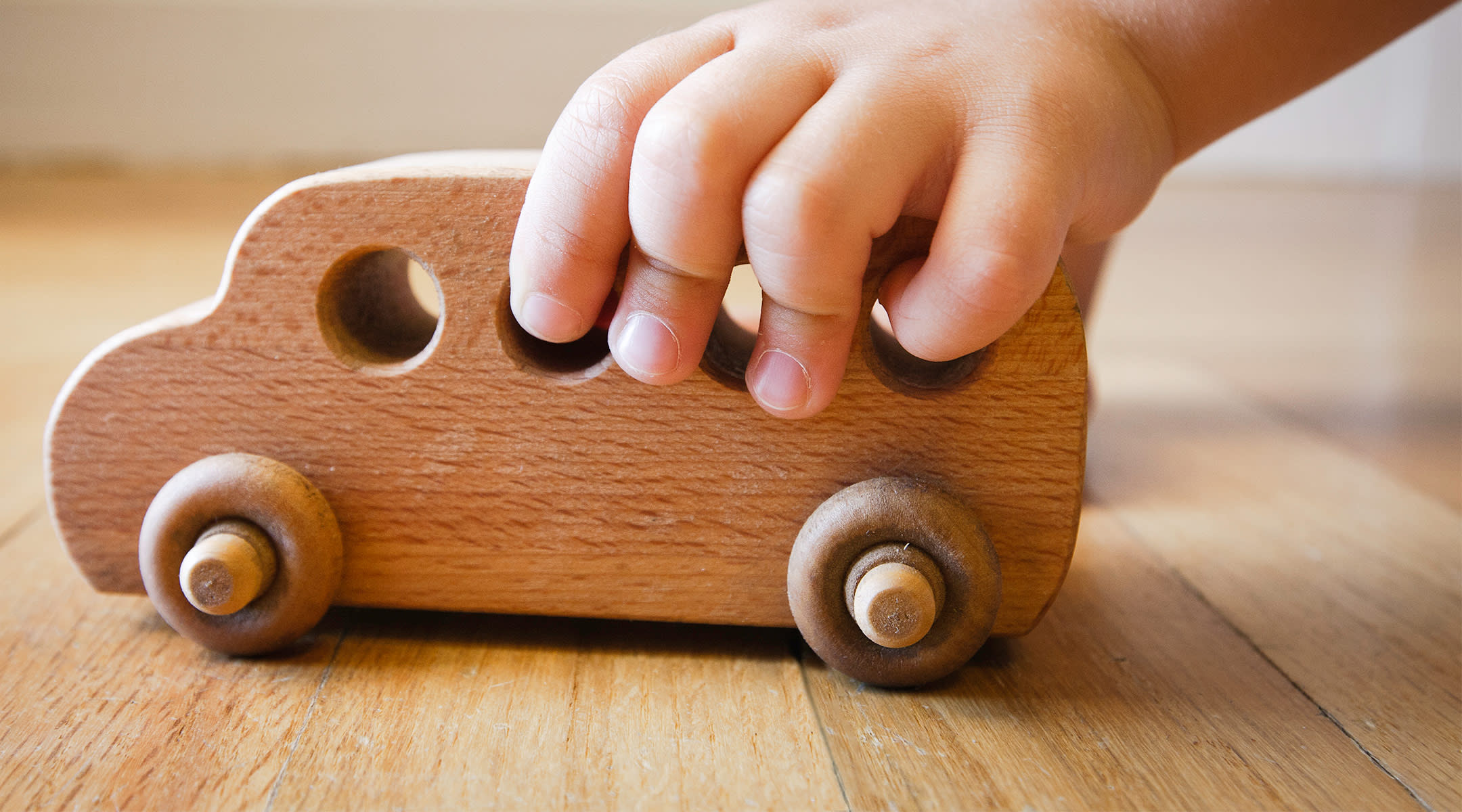I’ve posted about shellac, previously, as part of my finishing regimen. However, I’ve never truly talked about how amazing this finish is, and how truly simple it is to use.
Let’s start with what shellac is: unlike polyurethane, laquer, and most other commercial finishes, shellac is 100% natural. It’s actually the secretion from the Lac insect. Yes, it’s basically bug poop. But before you let that gross you out, you should know that you’ve actually eaten this stuff before!
The flakes of lac are collected and processed. In that form, they can come in a few different tones (amber, garnet, blonde). Each of these colors has its own unique coloring effect it will add to the wood. The flakes are mixed with alcohol, and can be applied using a brush, rag, or sprayer. Importantly, at this point, they still contain a substantial amount of natural wax. Each subsequent coat of shellac slightly dissolves the underlying coat, which makes the shellac build a finish quite well. One of the most prized finishes, the French Polish, is accomplished using shellac. The wax, however, means that no other finishes will stick to shellac in this form.
Sound complicated and the opposite of the “simple” finish I promised? Don’t worry, there’s an alternative.
Premixed shellac is widely available! Home Depot and Lowes carry the Bullseye (Zinsser) brand in both Amber and Clear. The Amber shellac is a waxed shellac. The clear is dewaxed. Both are available in quarts, gallons, and spray cans.
While nothing will stick to waxed (amber) shellac, the dewaxed stuff is practically a miracle finish. EVERYTHING (practically) sticks to dewaxed shellac, and it sticks to everything.
One of the biggest struggles in finishing is compatibility; say you want to use a colored stain or dye, but it’s water based. If you try to use an oil topcoat on a water stain, you can be asking for trouble (watch homemade salad dressing after it’s settled, as an example of how that combo works). Water and oil don’t mix! You could use a water based finish on top, but they often look dull and they aren’t typically as protective.
The solution? Seal Coat shellac!

After the water stain has dried a day or two, put on two or three coats of this heavily thinned shellac (sanding in between, lightly). The shellac adds warmth to the otherwise dull water stain. And, it acts as a barrier between the water and oil finishes.
What else do I love about shellac? From the can with a brush, it is ready to recoat in about an hour; from the spray can, they say as soon as the first coat is tacky (5 minutes, tops). That’s an exceptionally fast finish! I’m sure denatured alcohol isn’t exactly healthy for you, but it’s much less caustic, I think, to breathe than the oil based finishes (I still wear a respirator mask).
Since it’s all natural, it’s basically edible once it’s cured. I don’t recommend chewing on your new bookcase, but if you’re making a kid’s toy, I’d go with shellac.

What else? Well, it is a crazy good stain and odor sealer. Many primers are even shellac based, specifically because of that quality. A gallon of amber shellac is about $40 at Home Depot right now. That’s about on par with a cheap polyurethane like Minwax. The equivalent amount of Arm-R-Seal, my favorite oil varnish, is about $60.
Are there downsides to this miracle finish? Well, yes, of course. For one, it’s alcohol soluble, do you won’t want to use it on a dining table, bar, or coffee table. Because it’s mixed with alcohol, it’s highly flammable; maybe even more prone to spontaneous combustion than an oil finish.
But wait! Both of these things are secretly benefits, too. The solubility means you can repair scratches and such in seconds, seamlessly. And even though it’s more combustible in the short term, it dries way faster than oil based finishes. You can lay it out flat, in within about ten minutes the whole rag is dry; a linseed oil based finish may take 6 hours to fully dry. Alcohol is also water soluble, which means you can dunk your used rag in a bucket of water before you lay it flat to dry; that helps reduce the spontaneous combustion risk.
So, have I sold you on shellac yet?

Considering I’ve been doing furniture refinishing for almost 60 years it was a great article and it was appreciated immensely I learned a lot I was aware of the characteristics of shellac because I used to use it in the beginning when I was in my 20s and 30s and somehow I just got away from it and went to tomorrow mainly because it’s waterproof on furniture indoors and of course with people being so careless with their drinks and everything just shellac does present a problem but you’re not an unsolvable gnocchi and use it on shares and dressers and things of that were water very seldom comes into play unless you have a slob living in the house and doesn’t give a shitt so you know it just depends on the personal characteristics of each individual involved with the use care and protection of a shellac finish but certainly over all that article was super and most appreciated thank you so much
LikeLike